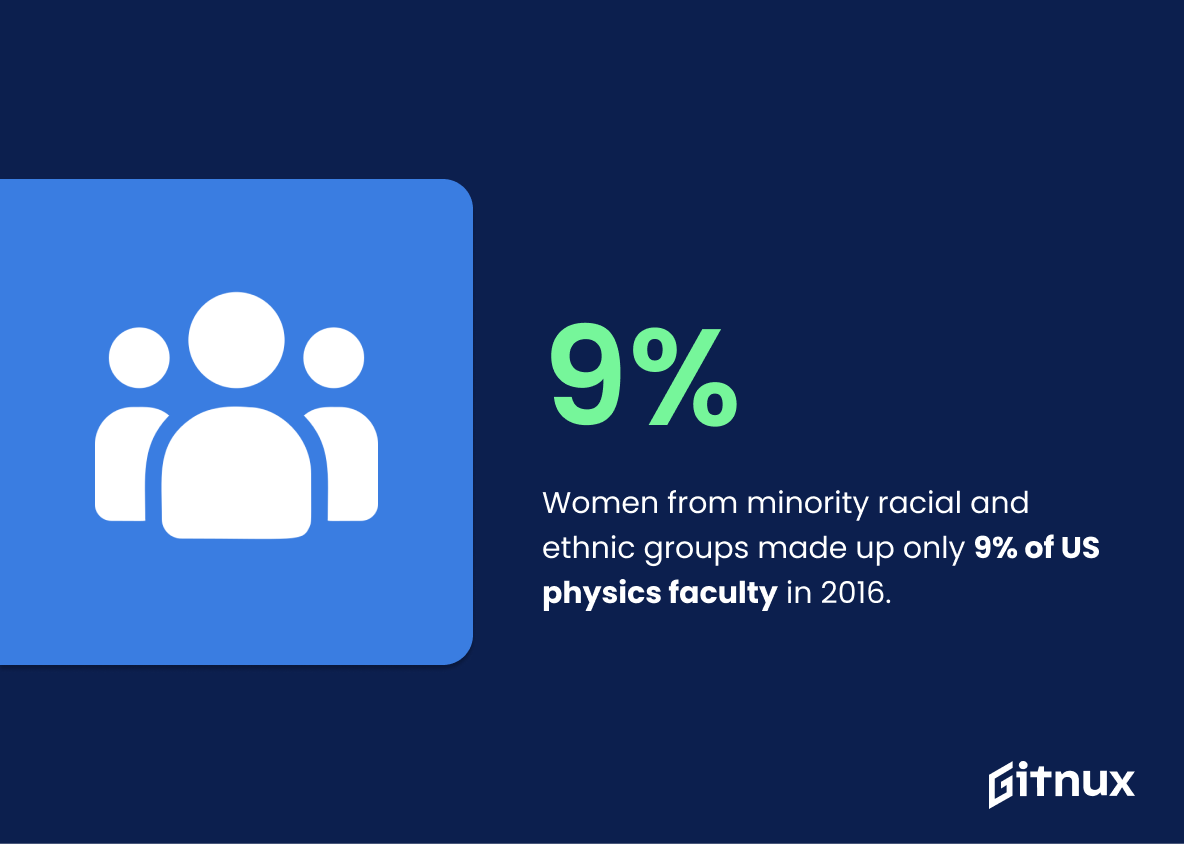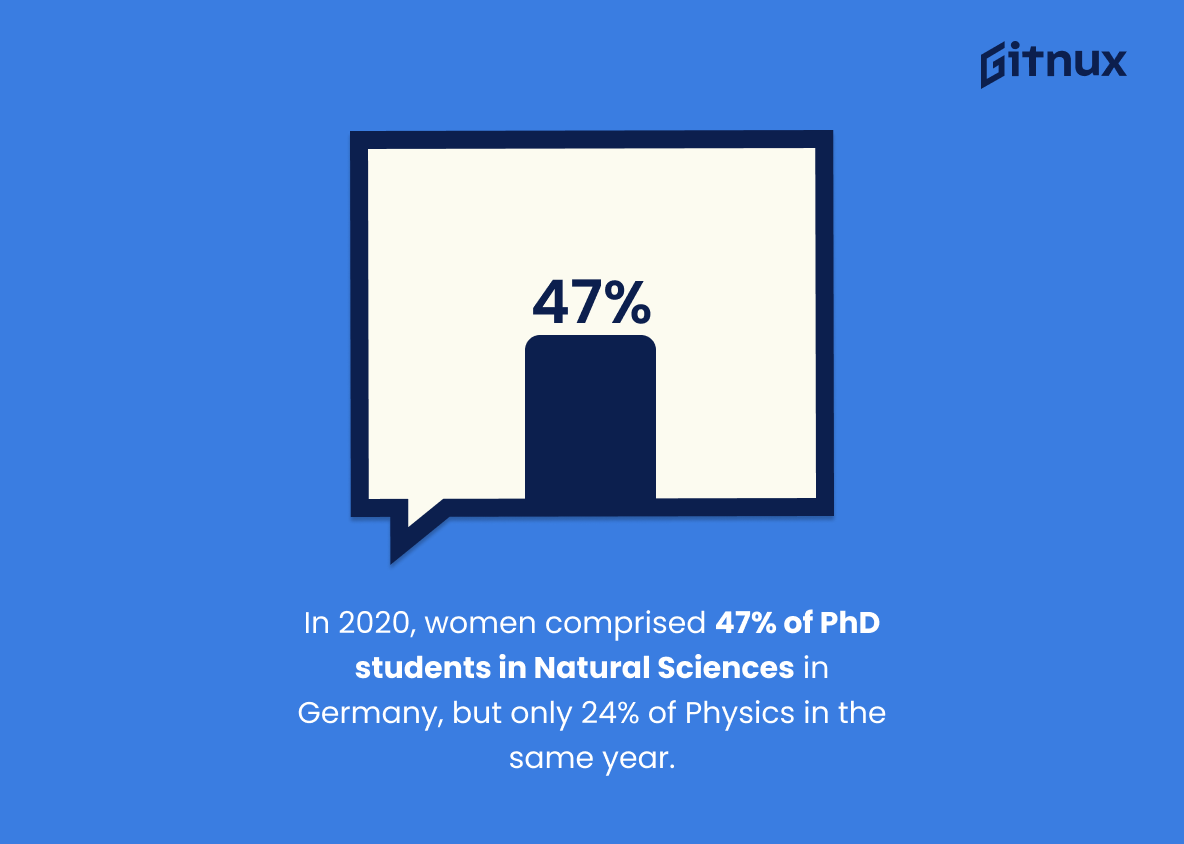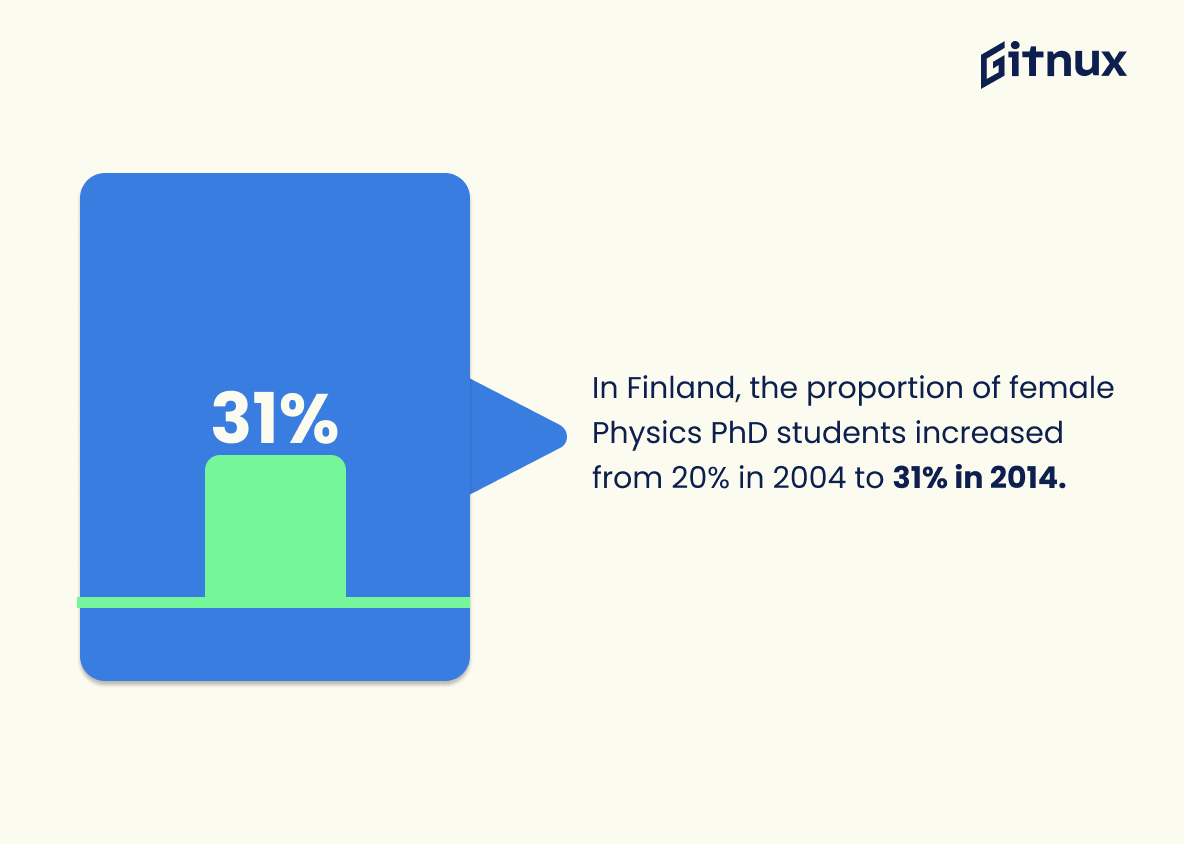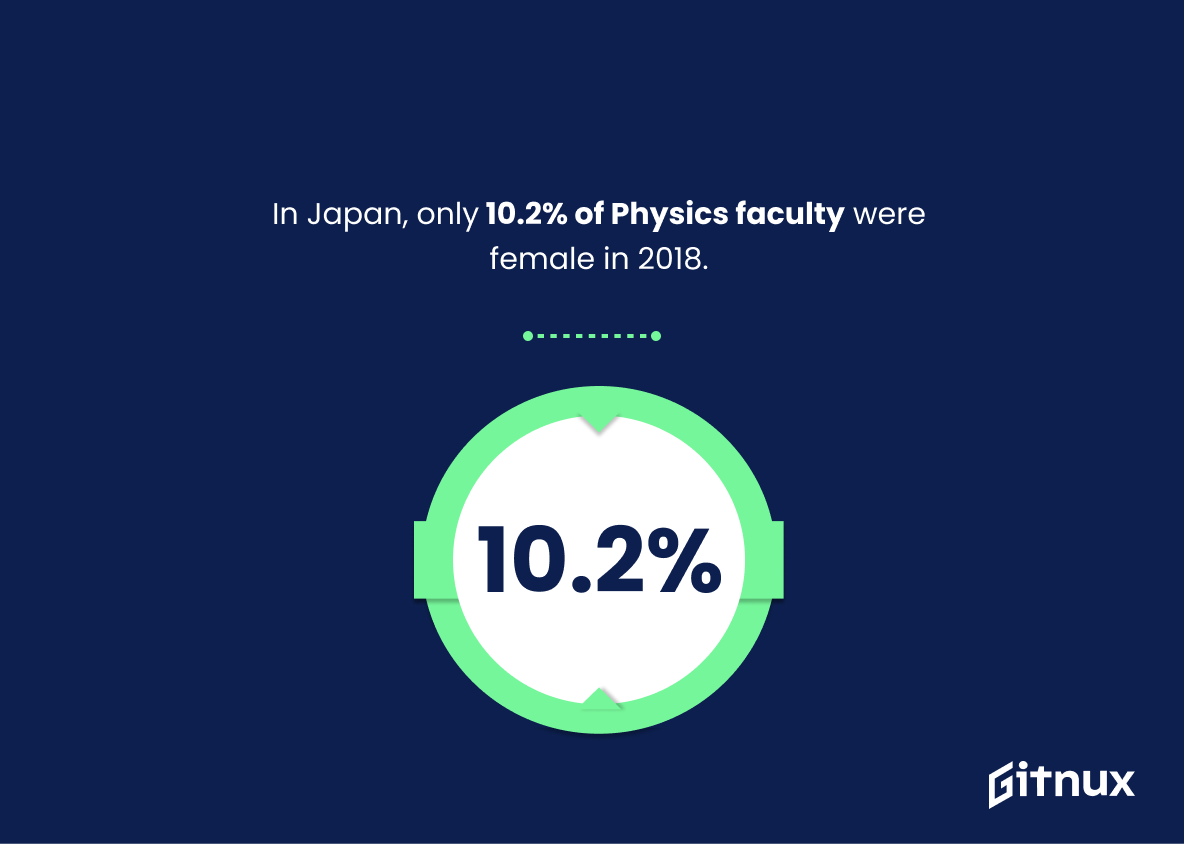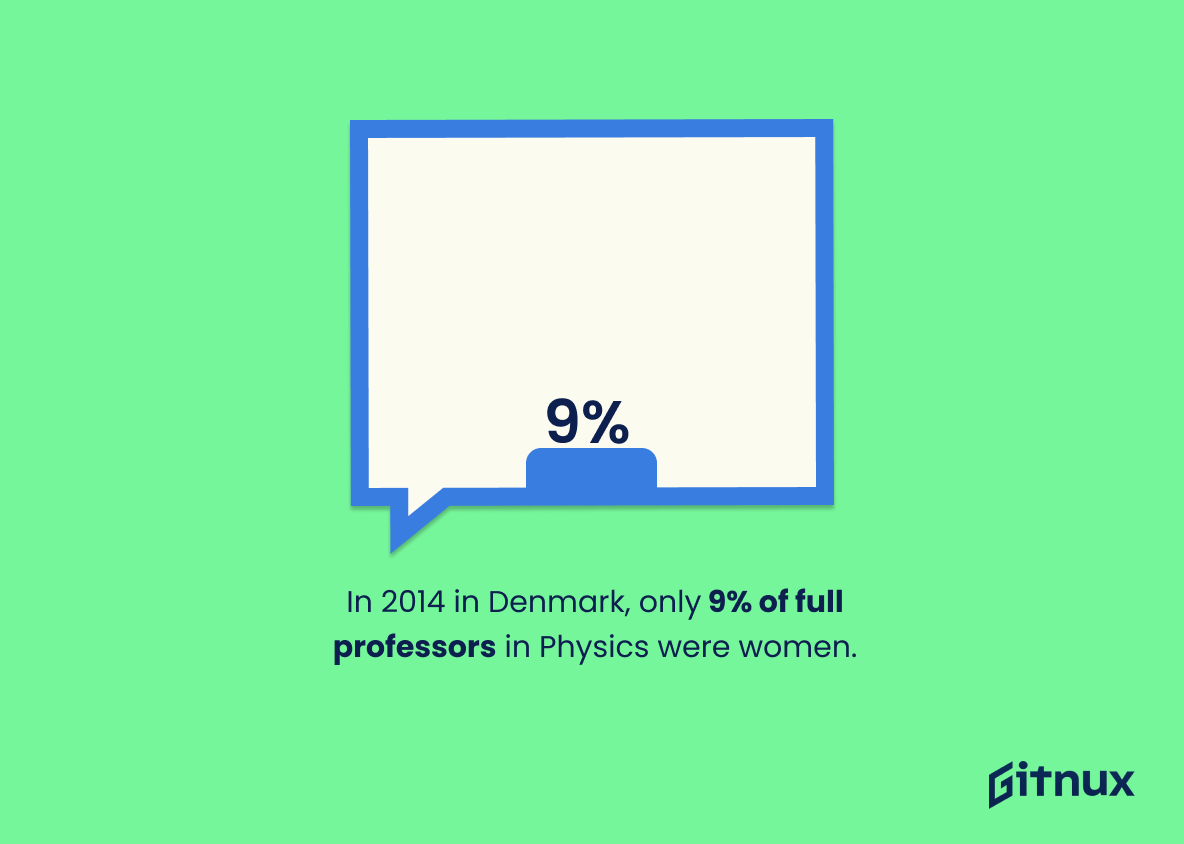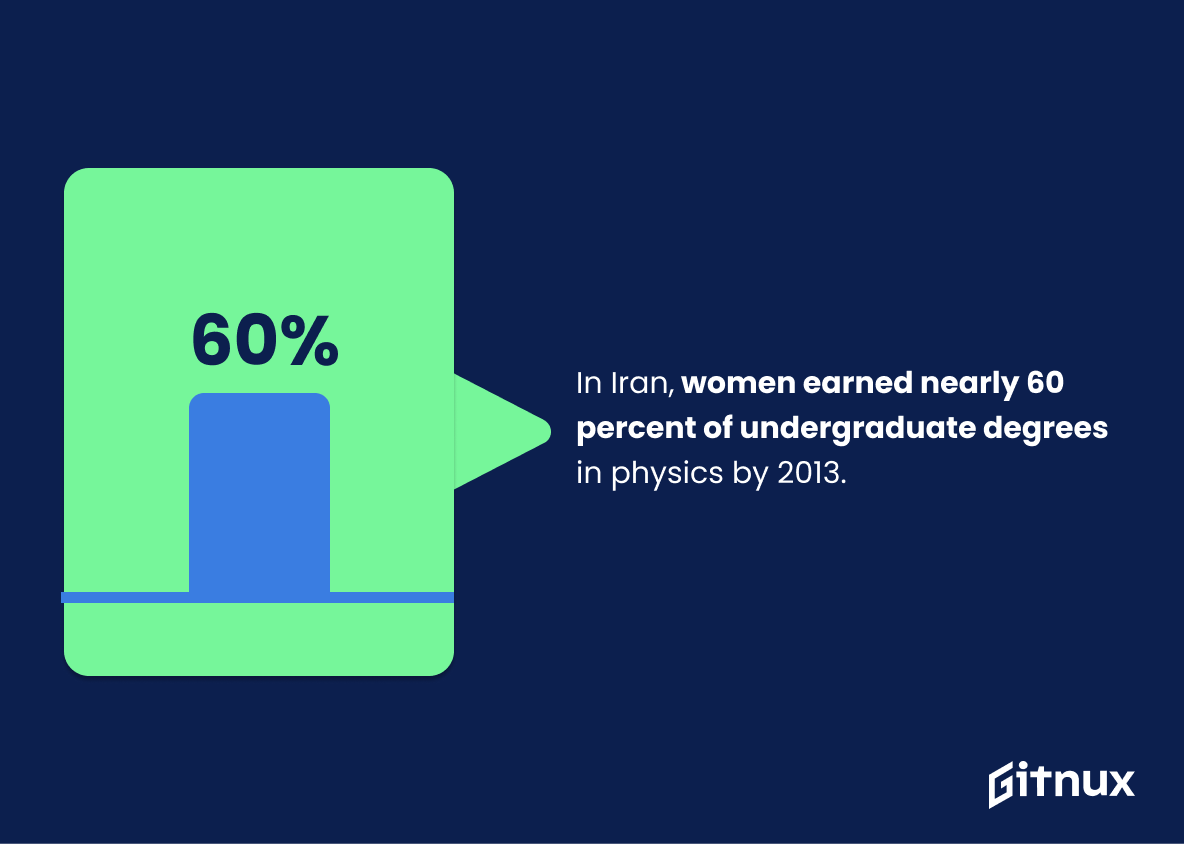The statistics on Women in Physics paint a stark picture of the gender gap that exists within this field. Despite making up half of the world’s population, women are still vastly underrepresented in physics-related fields and research positions across many countries around the globe. This blog post will explore 20 different statistics from various sources to provide an overview of how female physicists fare worldwide.
Women In Physics Statistics Overview
Women from minority racial and ethnic groups made up only 9% of US physics faculty in 2016.
This statistic is a stark reminder of the lack of representation of women from minority racial and ethnic groups in the field of physics. It highlights the need for greater diversity and inclusion in the field, and the need to create an environment where all women, regardless of their background, can thrive and succeed.
In 2020, women comprised 47% of PhD students in Natural Sciences in Germany, but only 24% of Physics in the same year.
This statistic serves as a stark reminder of the gender gap that still exists in the field of Physics. It highlights the need for more initiatives to be taken to ensure that women are given equal opportunities to pursue a career in Physics. It also serves as a call to action for those in the field to take steps to bridge this gap and create a more inclusive environment for women in Physics.
Only 14.3% of research-grade scientists working in Physics were women in the UK in 2018.
This statistic is a stark reminder of the gender disparity that exists in the field of Physics. It highlights the fact that women are still significantly underrepresented in the field, and that there is still a long way to go before gender equality is achieved. This statistic is a call to action for those in the Physics community to take steps to ensure that women are given the same opportunities and recognition as their male counterparts.
In Finland, the proportion of female Physics PhD students increased from 20% in 2004 to 31% in 2014.
This statistic is a testament to the progress that has been made in the field of physics in terms of gender equality. It shows that the efforts to encourage more women to pursue a career in physics have been successful, and that the number of female PhD students in the field is steadily increasing. This is an encouraging sign for the future of women in physics, and serves as a reminder that there is still work to be done in order to ensure that women are represented equally in the field.
In Japan, only 10.2% of Physics faculty were female in 2018.
This statistic is a stark reminder of the gender disparity that exists in the field of Physics. It highlights the fact that women are still significantly underrepresented in this field, and that there is still a long way to go before gender equality is achieved. This statistic serves as a call to action for those in the Physics community to take steps to ensure that women are given the same opportunities and support as their male counterparts.
Female researchers represent only 7% of the Physical Sciences Nobel laureates in 2019.
This statistic is a stark reminder of the gender gap that still exists in the field of physical sciences. It highlights the need for more female representation in the field, and the importance of creating an environment that encourages and supports women in physics. It also serves as a call to action for those in the field to take steps to close the gender gap and ensure that women are given the same opportunities as their male counterparts.
In 2014 in Denmark, only 9% of full professors in Physics were women.
This statistic serves as a stark reminder of the gender disparity that exists in the field of Physics. It highlights the fact that women are still significantly underrepresented in the highest levels of academia, and that there is still a long way to go before gender equality is achieved in this field.
In 2018, the percentage of women physicists in Latin America was 29%.
This statistic is a powerful reminder of the gender gap that still exists in the field of physics in Latin America. It highlights the need for more initiatives to be taken to ensure that women are given equal opportunities to pursue a career in physics and to be represented in the field. It also serves as a call to action for those in the physics community to take steps to close this gap and create a more inclusive environment for women in physics.
In Iran, women earned nearly 60 percent of undergraduate degrees in physics by 2013.
This statistic is a testament to the progress that has been made in Iran in terms of gender equality in the field of physics. It shows that women are being given the same opportunities as men to pursue higher education in physics, and that they are taking advantage of those opportunities. This is an encouraging sign that more and more women are entering the field of physics, and that they are being given the same respect and recognition as their male counterparts.
Conclusion
The statistics presented in this blog post demonstrate a clear gender gap in physics across the world. Despite some progress, women are still significantly underrepresented at all levels of education and employment within the field. This is especially true for minority racial and ethnic groups, who make up only 9% of US Physics faculty members. It is essential that we continue to work towards closing this gender gap by providing more support for female physicists through initiatives such as mentorship programs and scholarships.
References
0. – https://www.destatis.de
1. – https://www.ncses.nsf.gov
2. – https://www.aps.org
3. – https://www.aip.org
4. – https://www.ec.europa.eu
5. – https://www.jglobal.jst.go.jp
6. – https://www.bura.brunel.ac.uk
7. – https://www.physicstoday.scitation.org
8. – https://www.interacademies.org
9. – https://www.unesdoc.unesco.org
